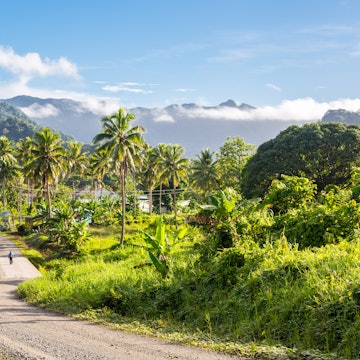

Getty Images/iStockphoto
Overview
Set your internal clock to ‘Fiji time’: exploring the archipelago’s exquisite beaches, undersea marvels, lush interiors and fascinating culture shouldn’t be rushed.
Plan your trip with Guide, an AI travel planner!
Create a personalized trip itinerary in seconds using artificial intelligence.
Must-see attractions
Planning Tools
Expert guidance to help you plan your trip
Best Things to Do
It can be very tempting to never leave the beach in fabulous Fiji, but we promise it's worth it. Here are 13 incredible experiences you can't miss.
Read full article
Best Places to Visit
Fiji brings you lush rainforests, Technicolor coral reefs and a vibrant multicultural society. Here are the nine top places to visit on your trip.
Read full article
Best Time to Visit
Whether you're surfing, diving, sailing or traveling on a budget, plan the best time for your visit to Fiji with this seasonal guide.
Read full article
Things to Know
These insider tips will help you navigate everything from planning your trip, to staying safe, to mastering the nuances of etiquette.
Read full article
Transportation
From public buses to interisland flights, plan your travels around Fiji with this guide to local transportation.
Read full article
Visa Requirements
Many travelers to Fiji don't need to apply for a visa in advance. Check your status with this guide to entry requirements.
Read full article
Money and Costs
While Fiji is known as a playground for the fancy set, you can have a great time on a budget while you're there. Here are our best tips.
Read full article
Traveling with Kids
Get to know what makes Fiji one of the world’s most family-friendly destinations with this guide to visiting with children.
Read full article
Best Road Trips
Instead of traveling by boat or plane, take your own set of wheels and experience the very best of Fiji on these incredible road trips.
Read full article
Get a book. Get inspired. Get exploring.
in partnership with getyourguide




















